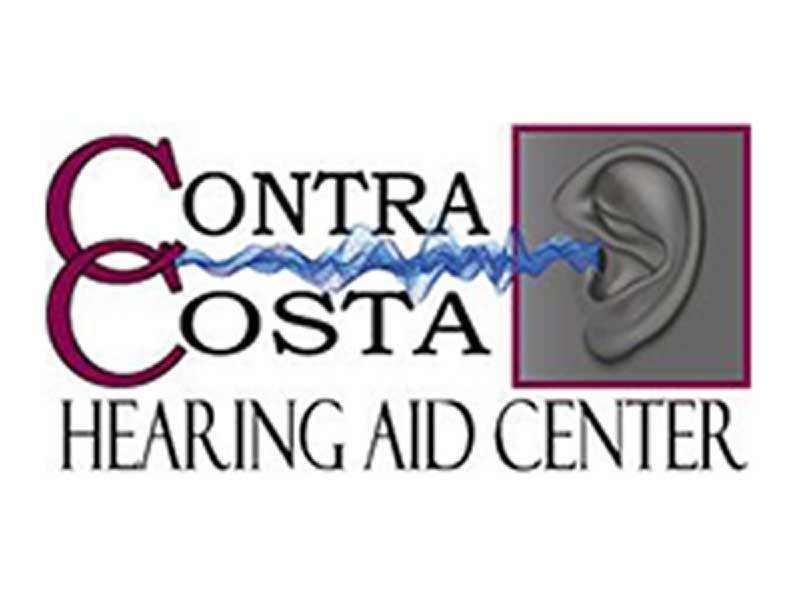For people who suffer from hearing loss, one of the most significant things that have ever been invented in the previous century is the electronic and digital hearing aid. These hearing aids allow people experience tremendous amounts of hearing that they would not be able to have otherwise. With all of the incredible versatility that has been offered by the modern hearing aids, it is easy to forget the fact that these hearing aids came at the end of a long journey of invention and innovation. We will take a look at some of these inventions throughout the last century.
The Ear Trumpet
Desperation is the key to innovation, and for many people who could not hear well, their desperation resulted in the rudimentary design of the hearing trumpet. This was a device that was stuck in the ear and had the other end wider than the first opening so that it could draw in and redirect sound. This took in more sound from a concentrated direction and sent it directly to the ear. While it did not help in terms of making the sounds louder for the user, it was the first in many steps towards hearing aids.
Vacuum Tube Types
One of the stepping stones along the way to hearing aids that used technology was the vacuum tube hearing aid. These hearing aids used a phone receiver and body along with a transistor; the first to be used in a hearing device. The receiver end of this device would be placed near the individual and collect sound, which would be turned into electrical impulses. From there, they would be translated back into sounds waves and come out of the other sound receptacle. These would be highly amplified to suit the needs of the user, and was one of the first hearing aids that was truly able to be easily carried around.
Carbon Hearing Aids
A step between ear trumpets and vacuum hearing aids was the carbon hearing aids. These made good use of recently invented batteries, a carbon style microphone, magnets, and a diaphragm. Sound would be picked up by the microphone and then translate into energy that would push the carbon into the diaphragm at the same rate that it sound would normally hit your inner ear. This resulted in higher levels of sound that were easier to see, but also came with a long list of drawbacks. First, these devices had to be used on completely level surfaces or they would not function. Also, they would not produce very good sound because of the carbon moving and striking the diaphragm. Overall, though, it was still a step forward in the quest for improved hearing.
Evolution of Hearing Aids
The site information is for educational and informational purposes only and does not constitute medical advice. Schedule an appointment to see if hearing aids could benefit you.
